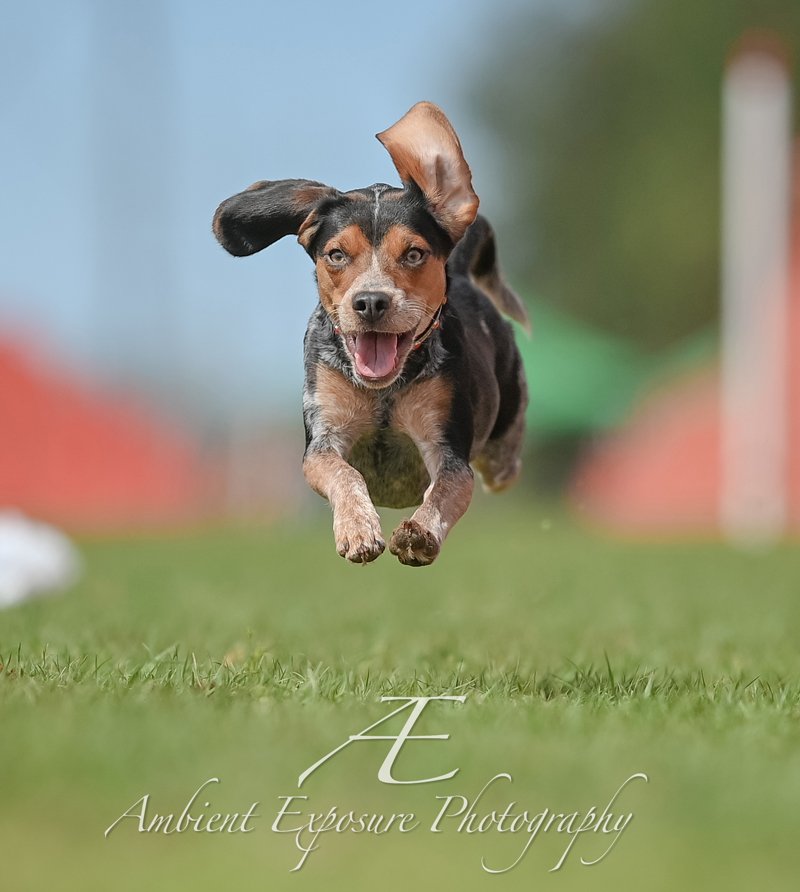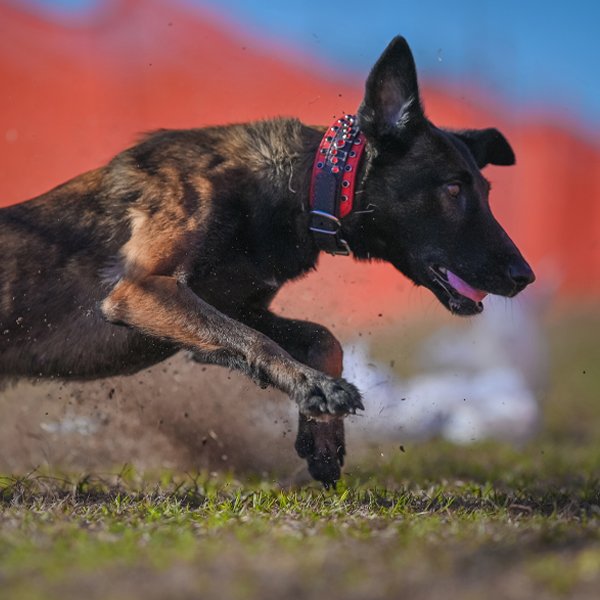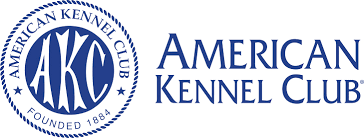THE PROCESS
About Fast CATs
Fast Coursing Ability Tests (Fast CATS)
The purpose of the AKC Fast CAT event is to provide all dogs and their owners an enjoyable, healthy activity in which they can participate. Dogs run singularly. The dog’s time to complete the 100 yard dash is converted into MPH. Dogs earn points based on their handicapped speed. Titles are awarded when a dog has accumulated a given number of points. There is a handicap based on the height of the dog at its withers: 12″ and under (2.0), 12″ – 18″ (1.5) and over 18″ (1.0).
Titles are earned by accumulating points. The following titles will be awarded:
BCAT = 150 Points
DCAT = 500 points
FCAT = 1,000 points
FCAT# = every additional 500 points
These suffix titles will appear on a dog’s pedigree, with a higher level title superseding a lower level title. TOP 20 DOGS BY BREED BY YEAR. National rankings showing the top 20 fastest times in MPH by breed for a calendar year will be maintained on the Fast CAT website. These rankings will be automatically updated as results are processed.
There has been much discussion and much incorrect assumption as to how the FAST CAT field is to be set up. The following is taken right from the AKC guide for FAST CATs:
Safety
Safety is of utmost importance. It is the responsibility of the event committee to insure the safety of the course, the equipment and the conduct of those involved with the event. It is recommended that the event committee run a test dog prior to the start of the event to ensure that the equipment functions properly and all personnel understand their jobs.
The Start
Dogs may start up to 10 feet behind the starting line.
The Finish
The club must provide enough room for a safe run-out area. It is required this be a minimum of 30 yards and suggested the run out be 50 yards. The club should consider fencing the end of the course in order to help collect the dogs. It is recommended that an owner or someone familiar with the dog stand at the finish in order to catch the dog once the course has been completed.
Timing Devices
The time to complete the 100 yard dash is recorded to the nearest 1/100th of a second (e.g. 9.11). The club may use stopwatches or break-the-beam equipment to obtain the time. If stopwatches are used, there shall be two timers positioned at the finish line. An individual at the start line shall signal with an arm drop the moment the nose of the dog crosses the start line. The timers shall start their stopwatches at the bottom of 40 the arm drop. The timers shall stop their watches when the nose of the dog crosses the finish line. The times from the two stopwatches shall be averaged to determine the recorded time.
Lure Equipment
Clubs may use either a drag or continuous loop system. If the latter is used, the “return” string must be set up outside the course. The lure operator and equipment shall be safely positioned in a manner that does not interfere with the retrieval of the dog at the end of the course. A white plastic bag or a squawker may be used for the lure.
Course/Fencing
The course must be essentially flat. The club should consider fencing the course area, however this is up to the decision of the club given the specifics of the setting. The premium should state if the location of the event is enclosed with fencing.
And if you have any questions, those working the desk will gladly answer your questions and help you.
STEP ONE
Canine Partner Registration
ALL Breeds must be individually registered with the AKC
This includes all AKC registered purebreds, Foundation Stock Service (FSS), Purebred Alternative Listing (PAL) and AKC Canine Partners Spayed or Neutered Dogs, or dogs with breed disqualifications may be entered.
Not AKC registered? No problem!
If your Canine Partner is not yet registered with AKC, simply fill out the AKC Canine Enrollment Application online today. Once you are issued a number, you will be able to register early for a test through our website.

Permission has been granted by the American Kennel Club for the holding of events under American Kennel Club Rules and Regulations

STEP TWO
AKC Entry Forms
You will need to complete an official AKC entry form for each dog, one entry per event number. A dog may only enter once per event, there is a separate fee for each dog and each test.
Early test entries through our website are $21 per dog per test. Check out our Premium Lists for an upcoming test near you.
Day of test entries are $30 per dog per test, cash or checks only – make checks payable to RDC. Please print and fill out your Official AKC Entry Form, you must turn in your entry forms and fees to the Field Secretary before 2pm on the day of the test.
DAY OF TEST
What’s Next?
01.
Inspection
Immediately following the close of entries, each dog will be inspected by the inspection committee for lameness, fitness to compete, and females in season. All dogs to be inspected must be presented without tape, bandages or wrapping/coverings of any kind (coats, blankets, etc). If, in the opinion of the inspection committee, any entry is found to be lame, unfit to compete or in season, they shall no be allowed to test, and the applicable entry fees shall be refunded.
02.
Roll Call & PRe-Test Briefing
All entrants will assemble in a designated location in order for the Filed Committee to confirm those entered in the test area are present. Entrants should respond with “Here” when they hear their dogs’ names called. At this time, test procedures will be explained and any questions answered.
03.
Running Your Dog
It is recommended that dogs be handled with a “slip-lead” that gives instantaneous freedom to the dog when the “Tallyho” (release) signal is called by the Huntsmaster. The Host Club will have slip leads for you to borrow, please ask.
Dogs may wear any collar except a choker collar, a collar with prongs or an electronic training collar. The collar must be snug to minimize the chances of getting hung up on something during the run. Owners should be aware that tags hanging from the collar could be required to be removed to help prevent them from being entangled on something during the run. Owners may use clips or rubber bands to hold their dog’s hair. The owner assumes responsibility for the safety of their dog regarding the dog’s collar and paraphernalia on the dog.
Head halters, such as the Gentle Leader or Halti, may be used on the grounds but must not be wornwhile running the course.
Roll Call - 8:30am
Morning Entries Close - 11:30am
Afternoon Runs - 1:00pm-3:00pm
Sunday - Check Premium for Times
If entries are not at FTS on or before closing time, they will not be accepted.
Check individual events for unusual times.


Premium Lists
F.A.Q.
Here are some frequently asked questions about CATS and Fast CATS. If you have a question and do not see it listed here, please contact us today.
How is the Course Designed?
The event committee is responsible for the safety of the course by ensuring they have individuals with sufficient experience and knowledge in course design at the event. This experience can be gained by serving as a lure operator, lure coursing trial chair or huntmaster, having run a dog to its lure course championship or being an AKC lure coursing judge. The judge is responsible for walking the course prior to the start of the event in order to look for hazards.
How are points calculated?
AKC CONVERSION FORMULA:
204.545 ÷ Time = MPH
TO CALCULATE POINTS:
Multiply MPH by handicap:
< 12" height = handicap of 2
12" - 18" height = handicap of 1.5
18" height = handicap of 1
Should my dog run the 300 or 600 yard course?
300 Yard Course
This distance is for dogs shorter than 12 inches at the withers and/or brachycephalic "flat faced" dogs. A veteran dog may run 200 yards at the owner's discretion. A dog must complete this course in less than 1 1/2 minutes.
600 Yard Course
This distance is used for all dogs that do not run the 300 yard course. A veteran dog may run 400 yards at the owner's descretion. A dog must complete this course in less than two minutes.
If there is a question whether a dog should run the 300 or 600 yard course, the judge will decide. The premium shall state the distance for each course and the eligibility of dogs for each course, including veteran dogs may run 2/3 of the normal course distance.
Dogs run singularly in all Coursing Ability Events.
Can my dog wear a collar/paraphernalia?
Dogs may wear any collar except a choker collar, a collar with prongs or an electronic training collar. The collar must be snug to minimize the chances of getting hung up on something during the run. Owners should be aware that tags hanging from the collar could be required to be removed to help prevent them from being entangled on something during the run. Owners may use clips or rubber bands to hold their dog's hair. The owner assumes responsibility for the safety of their dog regarding the dog's collar and paraphernalia on the dog.
Head halters, such as the Gentle Leader or Halti, may be used on the grounds but must not be wornwhile running the course.
How long does my dog have to wait between runs?
All dogs must wait a minimum of 45 minutes between runs, no back to back runs allowed.
Can my veteran dog run at a shorter distance?
Veteran dogs may run two thirds of the normal distance at the judge's discretion. Veteran dogs are defined for this test as a dog older than 7 years of age. A veteran dog's owner must declare prior to start which distance the dog will run.

